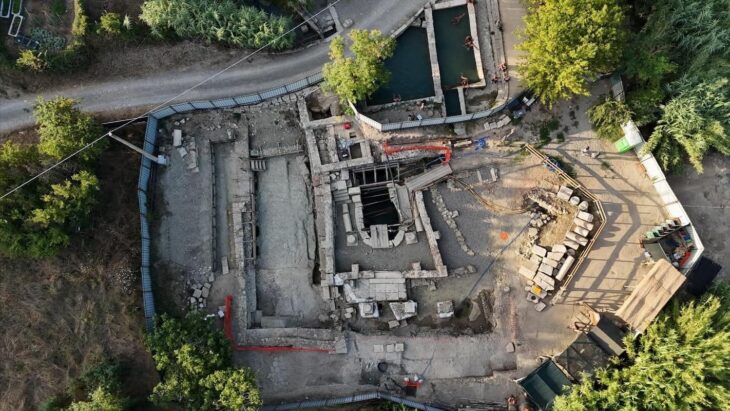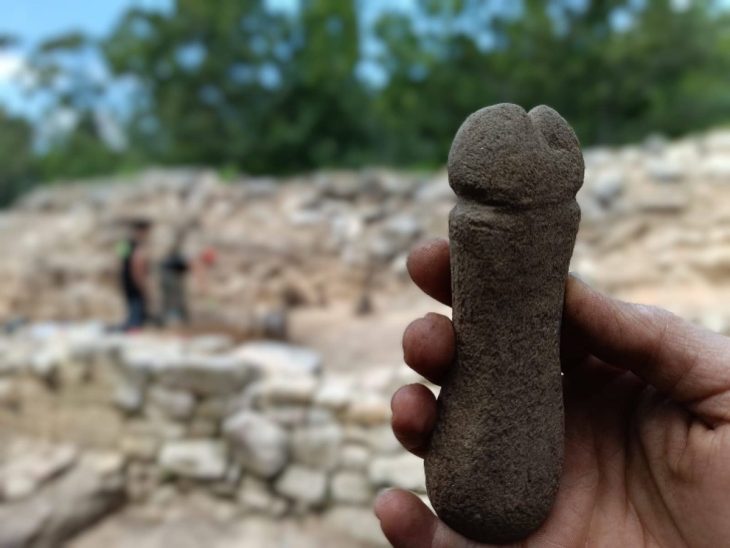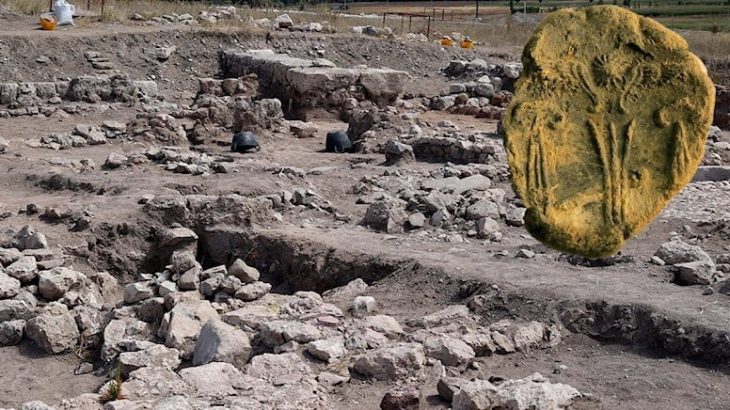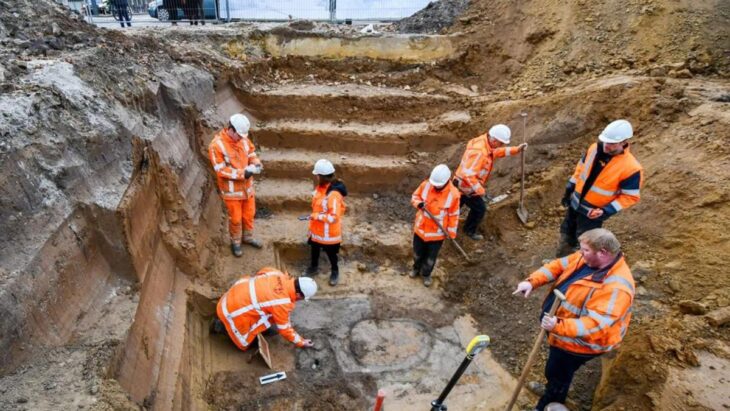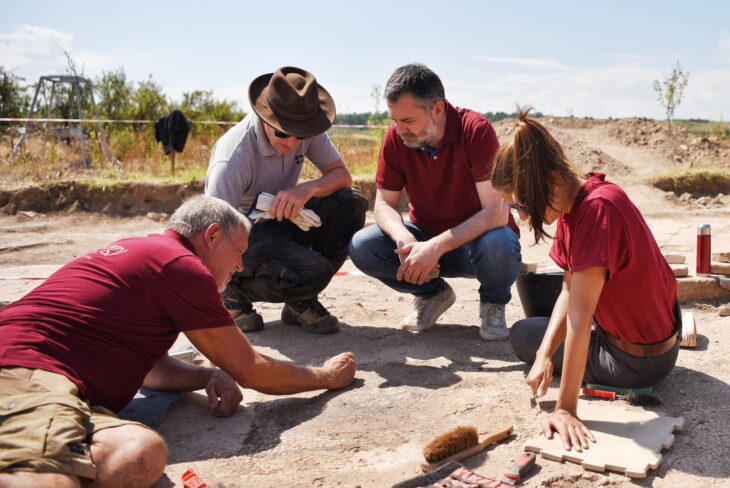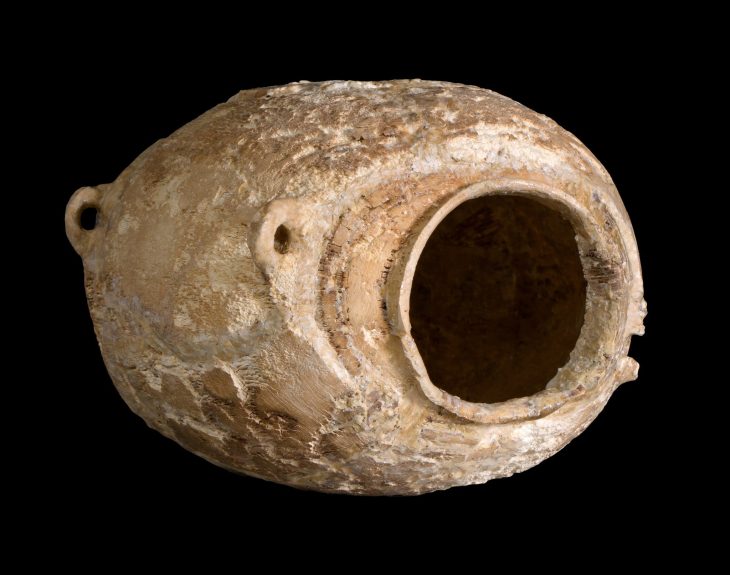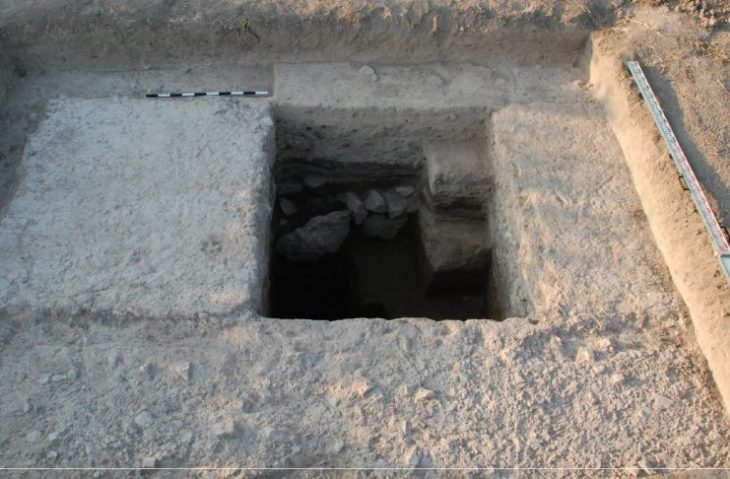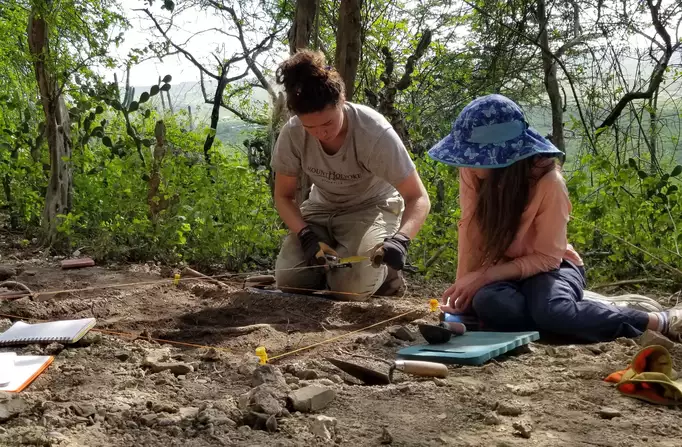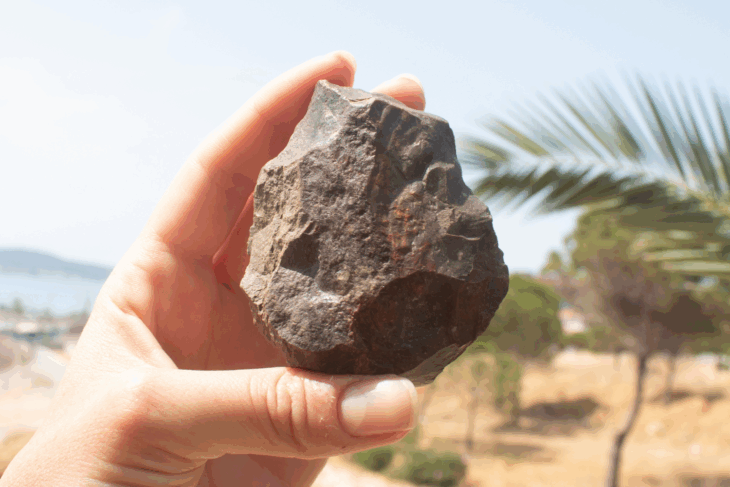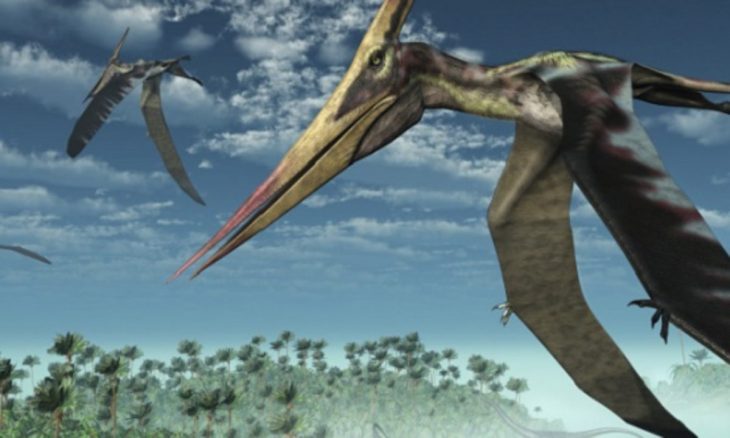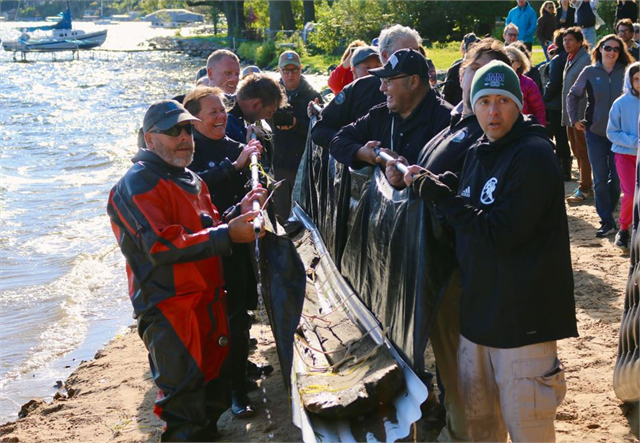New finds were discovered in Göbeklitepe and Karahantepe. At around 12,000 years old, Göbekli Tepe is the world’s oldest megalithic site – and it has a “sister site” called Karahantepe.
A recent discovery in the world’s oldest religious sanctuary, Göbeklitepe, “Potbelly Hill” in Turkish, which is described as the “zero point of history” has revealed a painted wild boar statue.
The UNESCO World Heritage site of Göbeklitepe has changed the way historians and archaeologists think about the cradle of civilization. And there is so much more to be discovered.
A painted wild boar statue was discovered during ongoing excavations in Göbeklitepe. The artifact, which contained red, white, and black pigment residues on its surface, was the first painted sculpture found from its period to the present day.
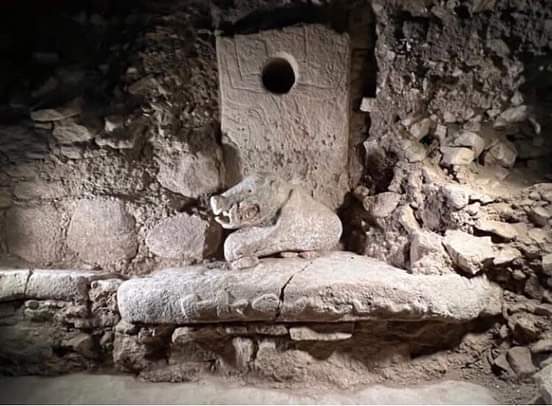
As part of the Taş Tepeler project, which sheds light on prehistory and has seen highly significant discoveries on a global scale, the archaeological excavations carried out in 2023 in 9 different areas have recently led to the discovery of human and animal statues.
📣 Our WhatsApp channel is now LIVE! Stay up-to-date with the latest news and updates, just click here to follow us on WhatsApp and never miss a thing!!
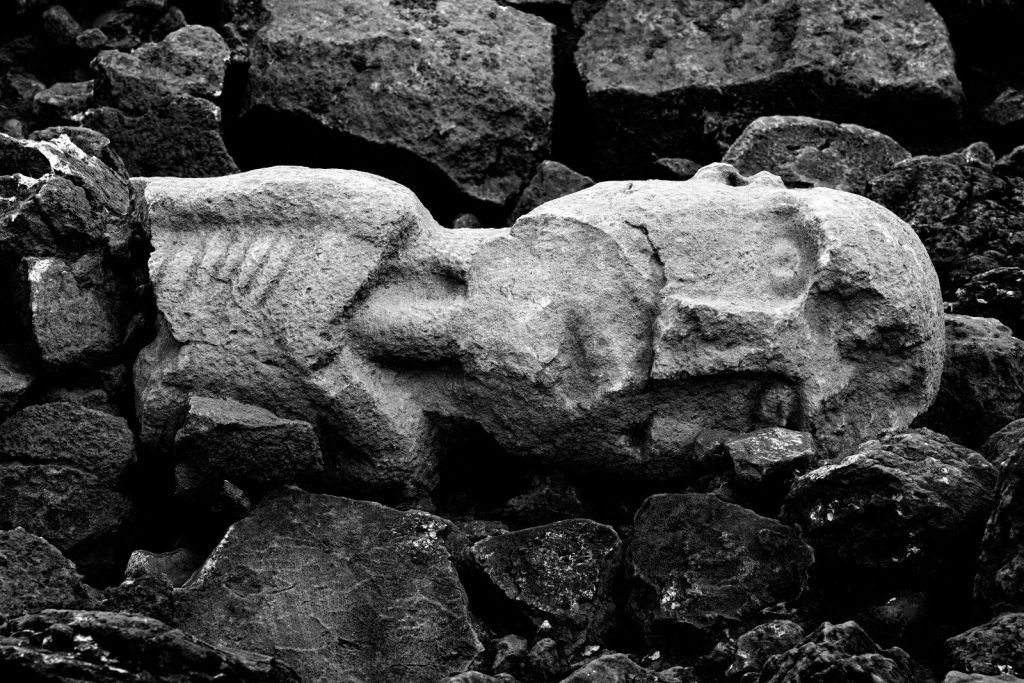
The Türkiye Ministry of Culture and Tourism has released a written statement providing the following information:
In the D structure of Göbeklitepe, a life-sized wild boar sculpture made of limestone was discovered. The wild boar sculpture found in Göbeklitepe was situated on a pedestal adorned with decorations believed to include an H-shaped symbol, a crescent, two snakes, and three human faces or masks.

The Human Statue is One of the Most Impressive Examples of Prehistoric Art
One of the most realistic statue of the era was unearthed, standing at a height of 2.3 meters and featuring a lifelike facial expression in Karahantepe.
The similarity of the human statue with the relief found in the Sayburç excavations in 2021 is striking. One of the panels in the Sayburc depicts a figure holding their phallus in his right hand. However, new discovered statue depicts a figure holding its phallus with both hands.
This seated statue, which strongly evokes the image of a deceased human with emphasized rib, spinal, and shoulder bones, was discovered within a niche fixed to the ground.
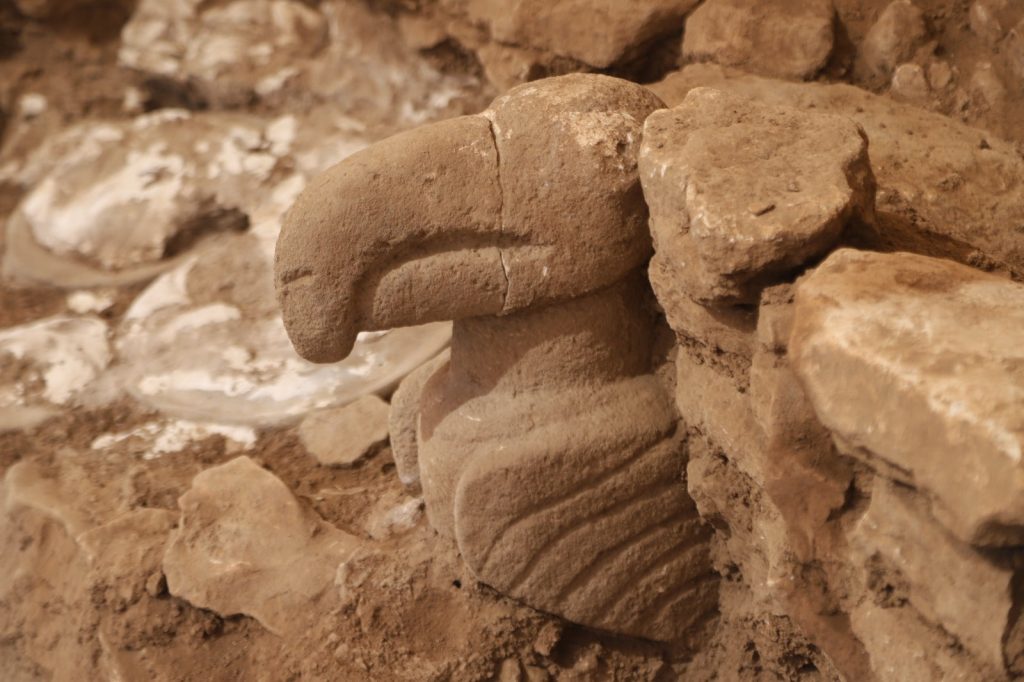
In the same area where the sculpture was found, a vulture sculpture placed on the wall, and stone plates left on the ground were also uncovered.
Studies carried out in Şanlıurfa province in Turkey in recent years have enabled the determination of settlements indicating the existence of a different phase within the Pre-Pottery Neolithic period.
The region of these settlements is named “Taş Tepeler,” literally meaning Stone Hills. Taş Tepeler is an Anatolian and Upper Mesopotamian region that held the oldest established settlements, spanning 200 kilometers from one end to the other.


